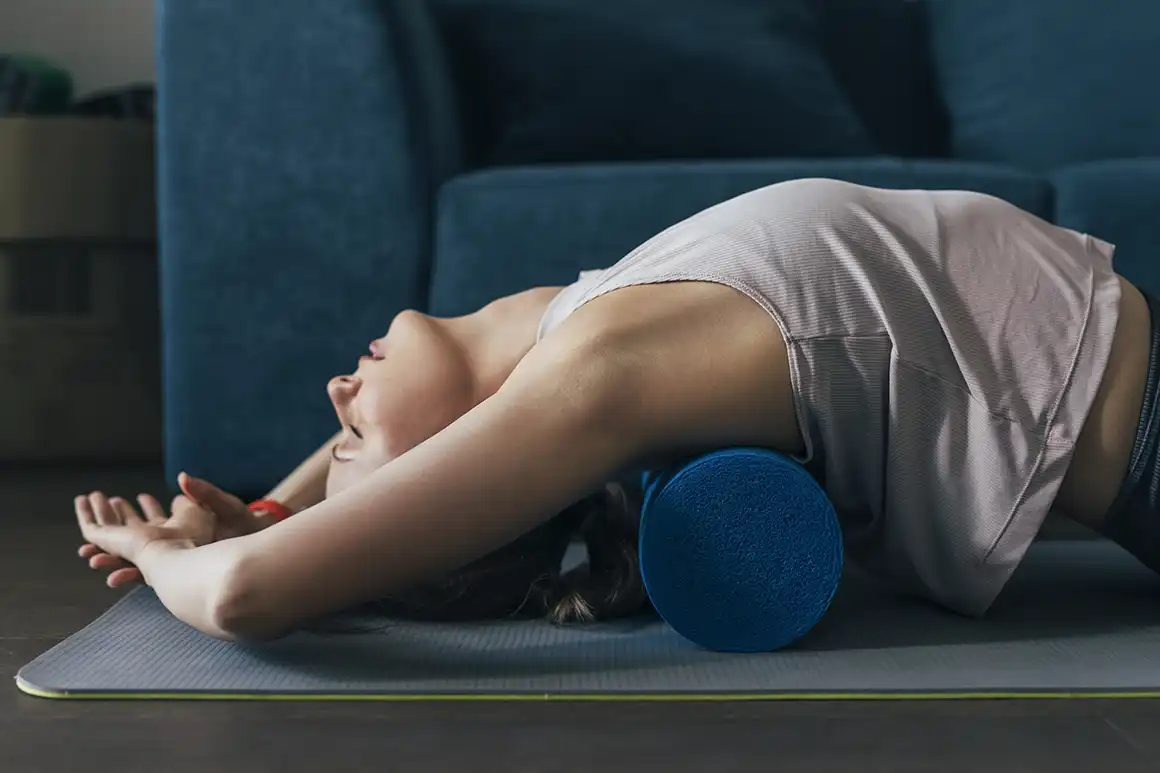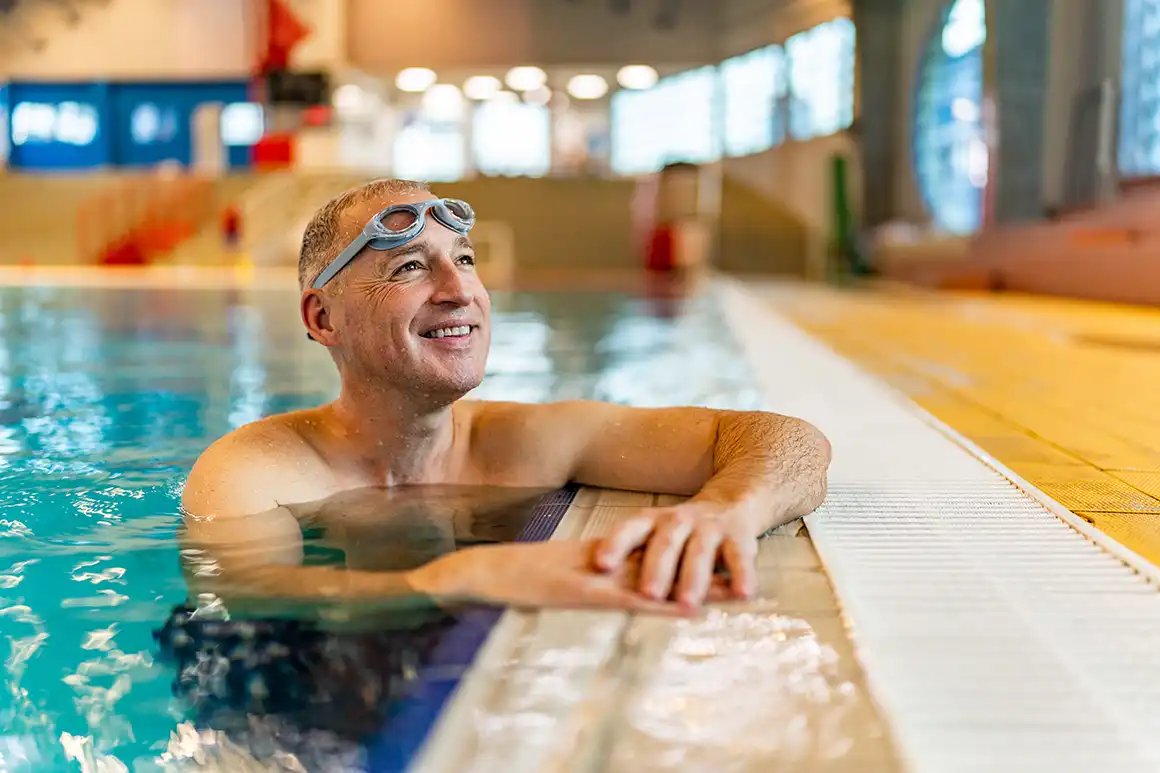
The benefits of active recovery in training
Compared to complete rest, active recovery offers physiological benefits that improve muscular oxygenation, reduce inflammation and shorten the recovery time.
For people who train regularly, be they elite athletes or fitness-lovers, rest days usually generate ambivalent feelings. On the one hand, the body needs to heal and stop; and on the other hand, there is the worry that not exercising means losing the physical fitness that has been hard to achieve. Here is where a revolutionary concept comes into play, which has changed the way of understanding resting: active recovery. Far from being a contradiction, this practice has been consolidated as the key to progressing in a more intelligent, efficient and sustainable way in the training process.
Contrary to popular belief, resting does not mean complete immobility. Active recovery consists of carrying out physical activities with a very low intensity and impact during the days when tough training is not been performed. The aim is to not add more stress to the organism, but just the opposite: to stimulate the blood flow to aid muscle repair, reduce the feeling of fatigue and shorten the recovery times. It is the perfect bridge that allows the body to repair itself whilst maintaining mobility.
The efficiency of active recovery
The science behind active recovery establishes that, after a training session, the muscles accumulate waste metabolites, such as lactate, and they suffer from fibrillar microfractures, which are responsible for delayed onset muscle soreness (muscle ache).
Complete rest allows the body to repair itself, but in a slower way. When carrying out gentle movement, it promotes the blood flow, which acts as a distribution and waste collection service: it takes nutrients and fresh oxygen to the damaged muscles and it carries away the waste products for their elimination. This process significantly accelerates the tissue reconstruction; it decreases inflammation and alleviates the stiffness.
With active recovery, the benefits are not only physical, but also mental. Remaining active in a gentle way releases endorphins, the well-being hormones, which improve the mood and fight the feeling of stagnation or frustration that often accompanies days with forced inactivity. Integrating active recovery in the routine is, basically, learning to listen to your body and respond by giving it just what it needs.
Habits for incorporating active recovery to your routine

Walking
1 of 5
The most underestimated and accessible activity. A calm 20-to-40-minute walk through a park or on the beach is an excellent way of moving the legs and hips without any significant impact. It helps to relax your muscles and to clear your mind.

Mobility and foam rolling
2 of 5
Devoting 15-20 minutes to working on joint mobility (ankles, hips, shoulder) and to using a foam roller or a massage gun on the overloaded muscles is incredibly beneficial. This myofascial auto-liberation breaks the adherences and the trigger points, returning the length and natural elasticity to the muscles.

Swimming or aqua gym
3 of 5
Water is the ideal medium for recovery. The floatability eliminates virtually all the impact on the joints, while the hydrostatic pressure has a draining, anti-inflammatory effect. Gentle swimming or walking in the water allows a complete movement of the body with a uniform, gentle resistance.

Gentle yoga or dynamic stretching
4 of 5
A restoring yoga or yin yoga session centres on maintaining postures for several minutes to work the connective tissue passively. It avoids intensive sessions of vinyasa or ashtanga. Gentle dynamic stretching, such as leg swings or drawing circles with the arms, are also a perfect option.

Using an exercise bike or going for a gentle bicycle ride
5 of 5
Pedalling without resistance, at a rate that does not take any appreciable effort, is fantastic for promoting blood flow in the legs without the excentric loads used during racing.




